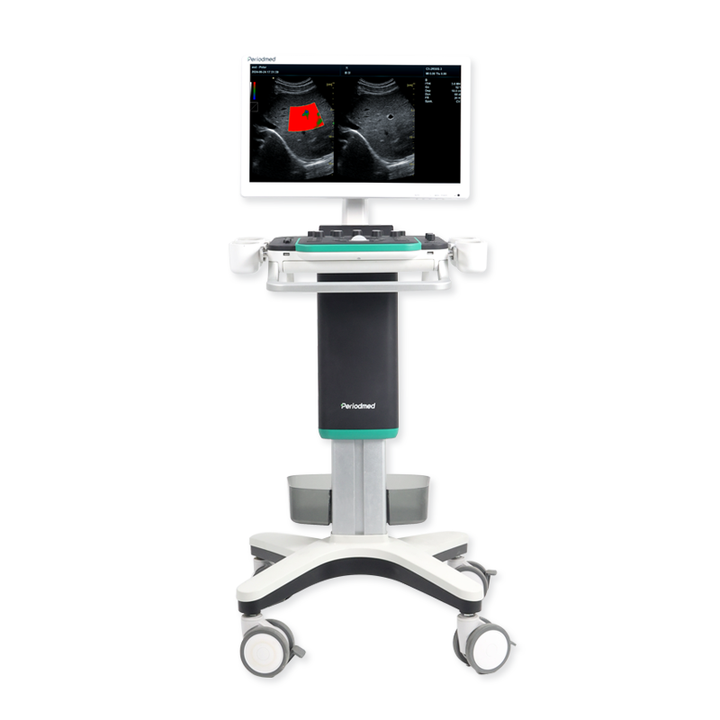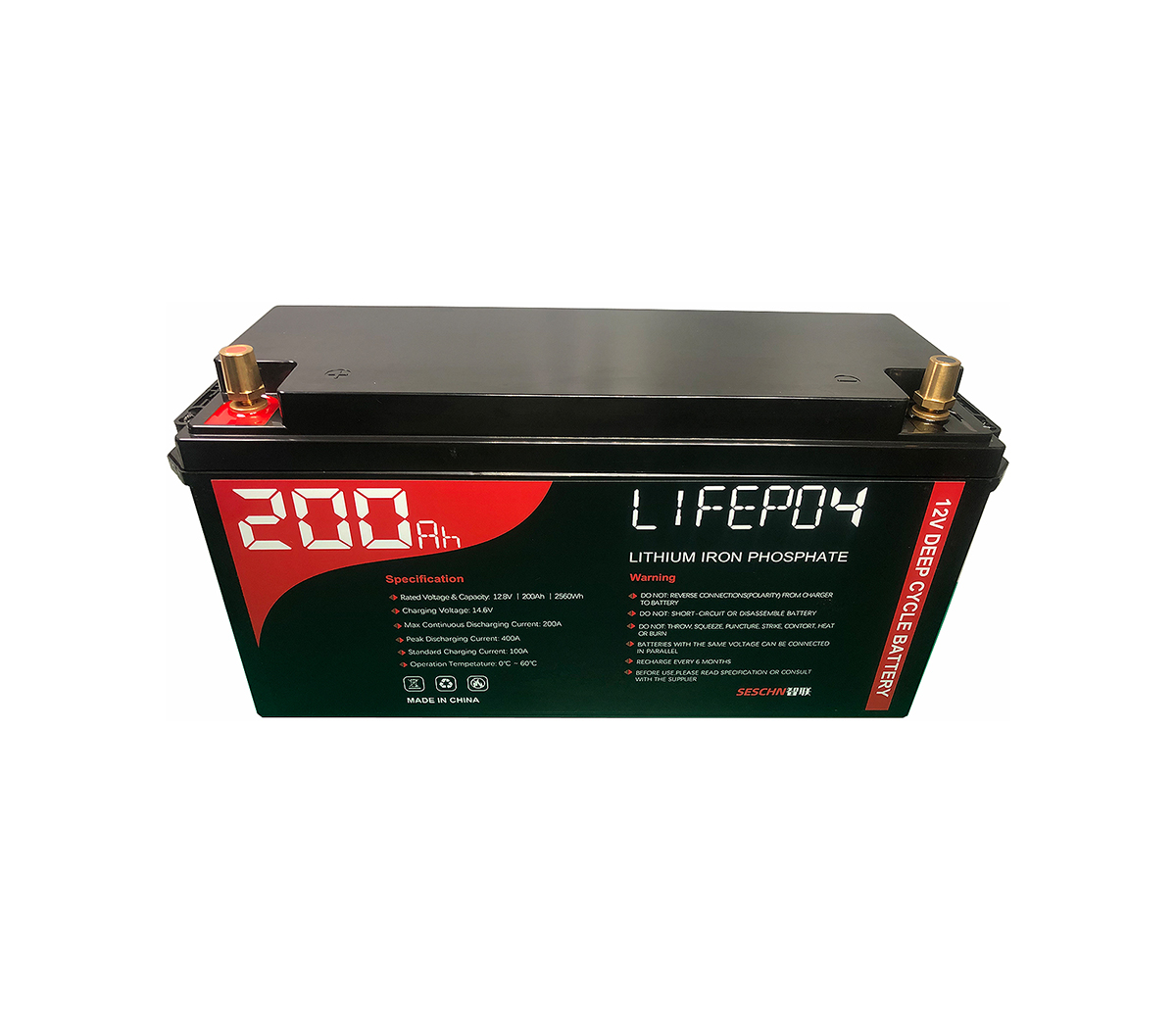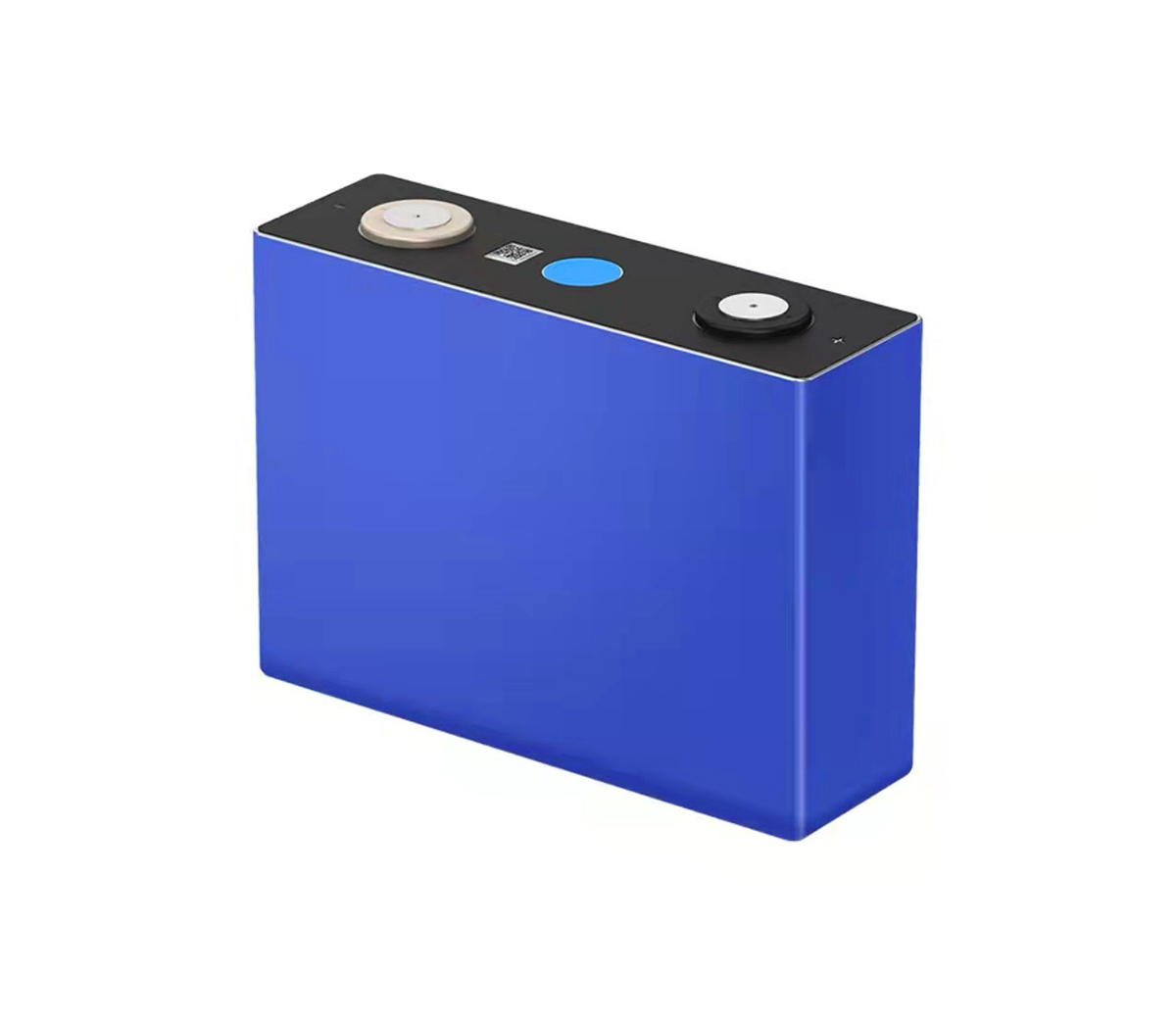Do you know the correct understanding of UPS and batteries?
The world has entered the era of high-speed information, and higher transmission speed and quantity are people's pursuit. This also promotes the rapid development of information systems, and the continuous increase of data centers and supercomputer systems. According to relevant industry statistics, the construction volume of such systems is increasing by 20% year by year, which is a very potential industry.
Almost all of these information systems need a large computer room to be placed. The computer room includes four major areas: power supply, air conditioning, lightning protection grounding system, and important carriers of the information system (servers, storage disk arrays, switches, optical modules, etc.).
Uninterruptible power supply (UPS) + battery (lead-acid battery or lithium battery) is the standard configuration. Its function is to provide enough energy in time to maintain the operation of the computer room in the event of an unexpected power outage and avoid the loss caused by the sudden stop of the server.
If the four areas of the computer room are compared to human organs, the power supply is the "digestive system" of the human body, providing reliable energy support for the entire human body. As a manufacturer with nearly 20 years of rich experience in the lithium battery industry, SES Power is very familiar with UPS and its battery system), the output power can reach a discharge rate of 10C (the maximum output power can reach 300Kw). At the same time, these lithium battery systems have fully intelligent RS485 and CanBus communications, which are fully compatible and compatible with different power models such as Huawei and Eaton. Of course, we have also launched fully intelligent lead-acid replacement products with Bluetooth or RS485 communication for the needs of lower power UPS (lithium iron phosphate 12V100Ah, 12V200Ah, 24V100Ah, 36V100Ah, 48V100Ah, etc.), these lithium batteries can be combined flexibly into the energy modules you need.

In addition, CCA2000A lithium iron phosphate high-current start-up lithium battery (direct replacement for automobile lead-acid start-up battery), 3Kw~20Kw off-grid, grid-connected, island-type lithium battery energy storage system, base station communication backup battery system (standard 19-inch ), a complete set of photovoltaic energy storage components, normal charging and discharging lithium batteries under -40 degrees Celsius environment, and other products are also popular products of SES Power.
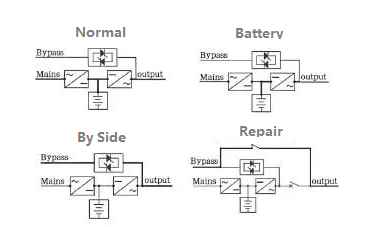
(UPS operating mode)
Let our senior engineers analyze some knowledge of UPS system for you.
A: Power host
a1: Power supply mode selection
UPS power supply modes are very diverse, and different application scenarios will lead to different choices. For data centers or information centers, the following modes are generally used:
1) Dual bus + single UPS operation
Two sets of synchronously running UPS form A and B dual bus power supply, and are respectively connected to two sets of load-side power distribution cabinets that are independent of each other.
2) UPS parallel redundant operation
Connect two or more UPS units or modules in parallel, and then output power synchronously. When using "1+1" parallel mode, any single unit or module of UPS should have the ability to bear 100% load.
3) Single-line UPS power supply
A UPS outputs independently and is directly connected to the load equipment.
The reliability of the above three modes decreases in sequence number. Therefore, when configuring the power supply, SES Power recommends selecting different power supply modes according to the importance of the load.
a2: Power supply equipment maintenance cycle
The internal structure of UPS is mainly composed of control modules, rectifiers, inverters, static switches, communication modules, cooling devices and other components. These units have complex logical relationships.
UPS needs 7×24 hours of uninterrupted operation, and the geographical location of some computer rooms and the limitations of external factors (including temperature, humidity, dust and load rate, etc.) lead to slight differences in the life of internal components of UPS in different computer rooms. However, the main factor is to consider the overall service life. The recommended replacement cycle for UPS fans is 6 years, the recommended replacement cycle for UPS capacitors is 6 to 8 years, and the recommended replacement cycle for UPS control modules is 8 years.
In addition, the main core function of UPS is to provide reliable power supply operation guarantee, that is, in the case of external grid fluctuations and grid interruptions, it can ensure the continuous operation of lower-end equipment and facilities. Therefore, there are three main ways to test the field application of UPS: interruption of mains power, interruption of battery switch and switching of static bypass. These basic tests ensure the reliability of the UPS host.
a3: Emergency treatment of power supply equipment
When the UPS has abnormal conditions (including fault alarm, overload, expiration of life, battery failure, etc.), it can quickly restore the lower-end power supply, and quickly isolate the fault point by understanding the operating status of the equipment.
Some UPS (capacity below 20kVA (inclusive)) do not have manual maintenance bypass, which means that the UPS cannot be out of operation for a short time when a fault occurs. Therefore, in order to ensure the timeliness of fault emergency handling, SES Power recommends adding a bypass switch to this type of UPS to ensure rapid exit in emergency conditions and ensure power supply continuity.
B: Backup energy storage device (battery)
b1. Selection and replacement of batteries:
Comparative analysis of lithium battery and lead-acid battery
As the core device of energy storage, batteries include: lithium batteries (mainly lithium iron phosphate batteries), lead-acid batteries (typically VLAN batteries, gel batteries are an upgraded version of VLAN batteries), nickel-metal hydride batteries, etc.
UPS will give priority to lead-acid batteries in the past, the reason is very simple, cost! However, with the rapid decline in the cost of lithium batteries, especially lithium iron phosphate batteries that can perfectly replace lead-acid batteries, lead-acid batteries are already facing the fate of being completely replaced.
LiFePO4 batteries have too many advantages over lead-acid batteries, such as safety, high efficiency, long life, environmental protection, smaller size and weight, etc. The only drawback is the price. But now according to the cost of use, lithium iron phosphate batteries are almost the same as lead-acid batteries. Therefore, in SES Power's view, it is almost inevitable that lead-acid batteries will be replaced by lithium iron phosphate batteries in this UPS industry, and our sales situation also verifies this.
b2. Battery replacement standard
Because the manufacturers of batteries on the market are of different brands and the quality is also very different, it is difficult for us to give a single standard recommendation.
The most representative one is to use the battery capacity as an indicator. In the actual operation process, it is impossible to accurately know the SOC and SOH of the battery.
SES Power makes the following recommendations for your consideration:
The theoretical life of lead-acid batteries is generally 3-5 years, and the theoretical life of lithium iron phosphate batteries can be 7-10 years. In the actual application process, these indicators have relatively large moisture. We recommend that lead-acid batteries be replaced every 2 years. Lithium iron phosphate batteries can be analyzed based on BMS data for replacement. Generally speaking, 5 years is a threshold.
1) Carefully understand the battery matching principle of each UPS, and accurately number and color the batteries to facilitate detection;
2) Use a torque wrench to properly tighten the screws according to the battery installation instructions;
3) Pay attention to the phenomenon of abnormal situations during the daily inspection process;
4) When testing the capacity of the battery, pay attention to the voltage drop of the battery discharge. If the same group of batteries shows that the voltage drop is significantly lower than the average value during the discharge process, the battery failure can be judged.
b3. Choice of battery accessories
The installation of the battery support frame (battery box) must meet the factors such as the direct visual observation of the battery, so the replacement battery frame configuration standard should be an open battery frame with observation function.
The switch of the battery is also a very important accessory. It belongs to the DC switch, so the DC type switch should be selected. At the same time, the selection of the battery switch should conform to the highest voltage level of the battery pack in series, that is, the withstand voltage level must be higher than N×13.8V (N is the number of batteries connected in series in each group).
The battery switch has the difference between 3P and 4P. The 3P switch is generally used as a single-stage switch, and the 4P switch is generally used as a positive and negative switch, and a bus bar should be used in the middle.
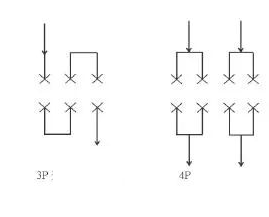
The current conductors such as the connecting wire of the battery should have reliable electrical conductivity and current-carrying performance. The formula for calculating the current-carrying capacity is:
Q (UPS capacity)÷√3÷380×η (inverter conversion efficiency)=V (series DC voltage)×number of groups×I (DC current)
That is, the battery connection line should be selected to be one level larger than the corresponding value of the calculated value I.
C: battery online monitoring
The power demand of the data center or information center is actually very large, so there will be a lot of UPS as a backup power supply. Similarly, there will be a lot of batteries. If it cannot be monitored intelligently, it will bring great labor costs and errors. sentence.
The battery online monitoring system is mainly realized by BMS, and the core is mainly based on three technical parameters as indicators, one is the detection accuracy of voltage and internal resistance. The second is to have the alarm function of core risk points. The third is to have balanced maintenance and other means and complete information link transmission.
The intelligent management of lead-acid batteries is a very serious shortcoming, and lithium-ion batteries are far away from lead-acid batteries in this regard. This is another reason why lithium-ion batteries are gradually replacing lead-acid batteries in the UPS industry.












